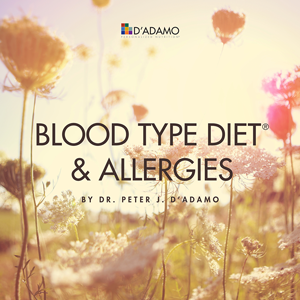October 2013
Jill Stansbury | Paul Richard Saunders | Eugene R. Zampieron
Abstract
Lobelia is a genus of flowering plants that includes approximately 400 species and was popular in traditional Native American medicine as an emetic, expectorant and respiratory stimulant. Lobelia is currently used as an adjunctive for the treatment of asthma and other respiratory disorders.
The active constituent of Lobelia is the alkaloid lobeline, which is known for its beneficial effects on the function of the respiratory tract including stimulating breathing, supporting the cough reflex and improving vascular tone. Lobelia is important as an alternative treatment for patients with asthma to reduce or eliminate the need for pharmaceuticals commonly associated with adverse effects.
However, because of its properties as a respiratory stimulant and expectorant, Lobelia should be used at the correct dose and together with herbs that are soothing to the throat and lungs, and it is often used in a synergistic herbal formula that includes Lobelia herb and seed, Zingiber officinale (ginger), and Hyssopus officinalis (hyssop).
Lobelia should not be used as a substitute for drug therapy during an asthma attack and its use is contraindicated during pregnancy. Lobelia has no known adverse drug interactions and it is therefore a promising complementary therapy for the management of respiratory disorders, in particular in light of the recent increase in the prevalence of allergic respiratory diseases.










